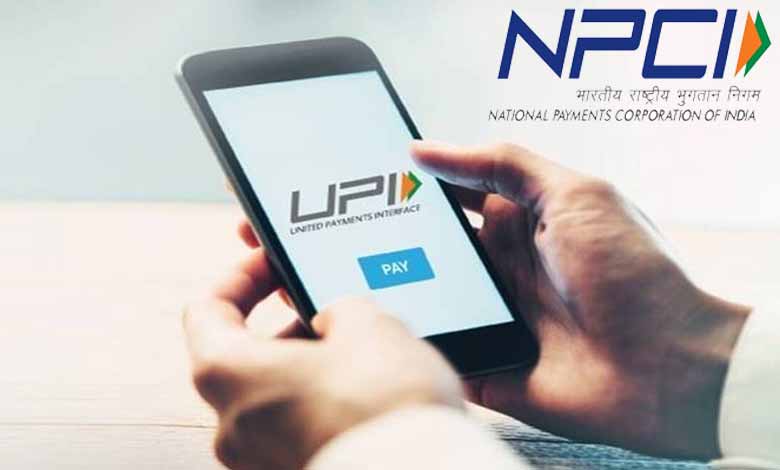Will UPI Soon Be Cheaper Than Credit Cards? Govt Mulls Direct Discount for Users
The goal is to pass on the cost advantage of UPI to users, encouraging more people to use the zero-fee payment mode.

In a move that could benefit everyday consumers, the Consumer Affairs Ministry is exploring a proposal to make UPI payments cheaper than credit card transactions. The goal is to pass on the cost advantage of UPI to users, encouraging more people to use the zero-fee payment mode.
Table of Contents
Why This Matters: MDR on Credit Cards vs UPI
Unlike UPI, credit cards carry a merchant discount rate (MDR) of 2–3%, which merchants often absorb or pass on to customers. For example, if an item costs Rs 100, a credit card user may end up paying the full amount, while a UPI user could pay Rs 98 if the proposal is implemented — essentially giving a direct discount for using UPI.
Also Read: SBI Customers Alert: New Interest Rates Now in Effect!
Government in Talks with Key Stakeholders
According to a Livemint report citing three sources, the government will soon hold consultations with stakeholders such as e-commerce platforms, payment service providers, NPCI, DFS, and consumer rights groups. A formal blueprint is likely to emerge after these meetings, expected in June 2025.
Not Everyone Agrees
The Payments Council of India has consistently argued for the introduction of MDR on UPI and RuPay debit cards, citing concerns about sustainability for payment service providers. However, the government has so far resisted these demands to keep UPI free for users.
UPI Transactions to Get Faster from June 16
In a related development, NPCI has announced that UPI transaction times will be halved from 30 seconds to just 15 seconds, effective June 16, 2025. This move is expected to enhance user experience by significantly reducing delays in financial and non-financial transactions.
UPI’s Growing Dominance in India
UPI continues to lead India’s digital payment ecosystem, recording 185.85 billion transactions in FY25 — a 42% year-on-year volume increase. The total transaction value also surged to Rs 260.56 trillion, marking a 30% rise from the previous year.
If approved, this initiative could further entrench UPI as the default digital payment method in India, rewarding consumers for going cashless and helping merchants save on processing fees.
